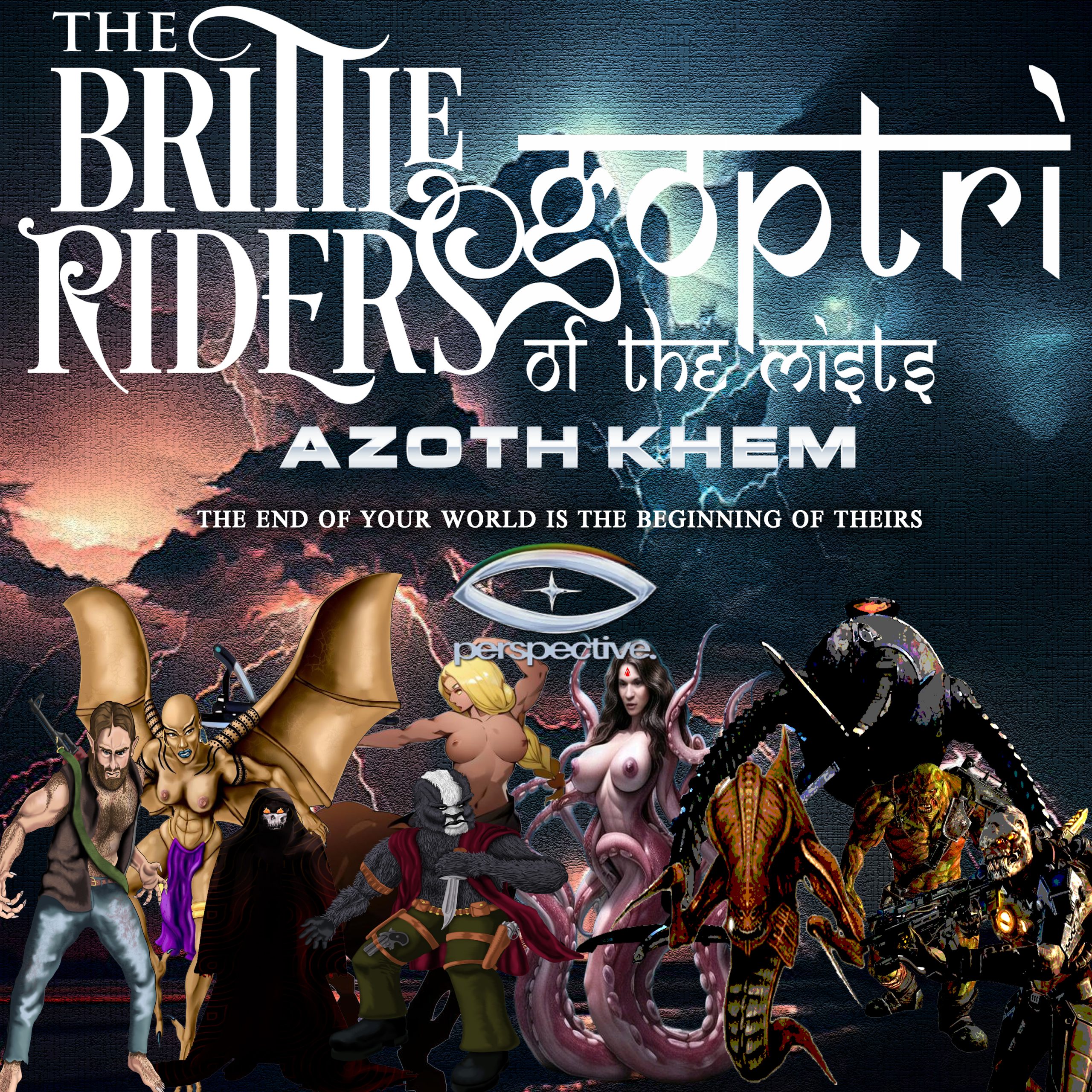Happy Tuesday to you and yours. I just got back from seeing my Primary Care Physician. She has a new Nurse Practitioner who is a hoot. Celebrating every positive result with little cheers. YAY! Good BP! All right, Mr. McCormick, your pulse is solid. Look at you, breathing like a PRO! And so on. While that’s fun, my PCP is also a fan of my writing. Not enough that she’d ever cosplay any of my characters. But, still a fan. She loves following along on the journey I’m on and admits that it gives her an odd sense of joy. I can see that. After dealing with human after complaining human, having someone like me around has to be a breath of fresh air. I tend to maintain a positive attitude and, in one-on-one situations, am even capable of being pleasant. Also, I bring pics of stuff like the characters we are developing, and she enjoys those.
Everyone does at some level.
Okay, let’s get down to some funky bidness.
Your favorite comic megalopolis, Hadithi Sambamba Comix is now being distributed internationally via Drive Thru Comics. For the Legends Parallel fans in the U.K., this is a blessing. No more bootlegging, no more passing digital copies around like they’re the last s’more. This also means that Zak Weber’s amazing U.K. Review is now being shared on a global scale. That man do like him some Legends Parallel.
Our partnership with Book Funnel continues to bring results. The Brittle Riders is now part of an Epic Sci-Fi & Fantasy promotion. Also, here’s a link you can share, to invite your friends to download a FREE PDF of Book 1 of The Brittle Riders. That book has won multiple awards, earned incredible reviews, and acts like an electric will-power enhancer to anyone who reads it.
Yeah, baby, it’s that good.
Something else that is good is Goptri of the Mists. And, thanks to my recent interview with Jenil on his English with Jenil podcast, which has a few thousand dedicated Indian viewers, people have begun talking about it. All of whom, apparently, have LinkedIn accounts. I welcome them all, answer questions, and find myself enjoying LinkedIn more than I ever have. How could I not? I recently spent a half hour explaining that Goptri of the Mists was, and is, not a scholarly discussion of Hindu mythology. It’s stuff like that that keeps me in the game.
Finally, I would be woefully remiss if I didn’t mention Stuff About Things. This compendium of short stories, articles, and historical ruminations has been called, by my loving wife no less, The Gateway Drug to McSciFi. It also contains a copy of the rejection letter that started my career. Hey, you start your career your way, I’ll start mine my way. It is a great way for peeps to sample my squishy brain without making a life-time commitment. More like a collection of memorable quickies. Who knows, you may be inspired to get a tramp stamp when you’re done. You wouldn’t be the first. I should note, it makes a great gift for your adventurous friend who’s never heard of me.
All righty, you’ve been more wonderful than free booze at a clothing optional cosplay themed rave. I mean, you’re seriously wonderful. See you next time.































